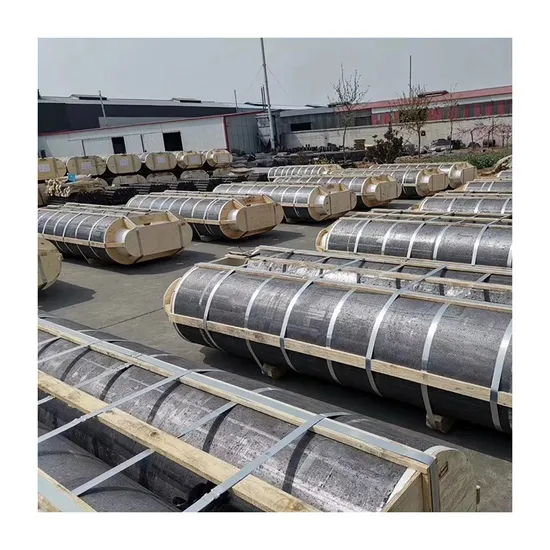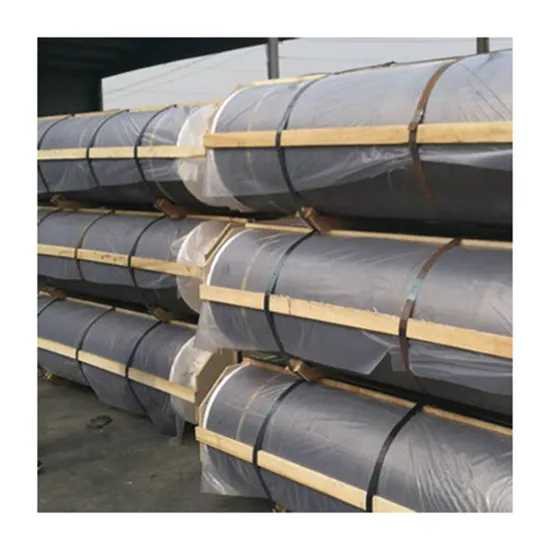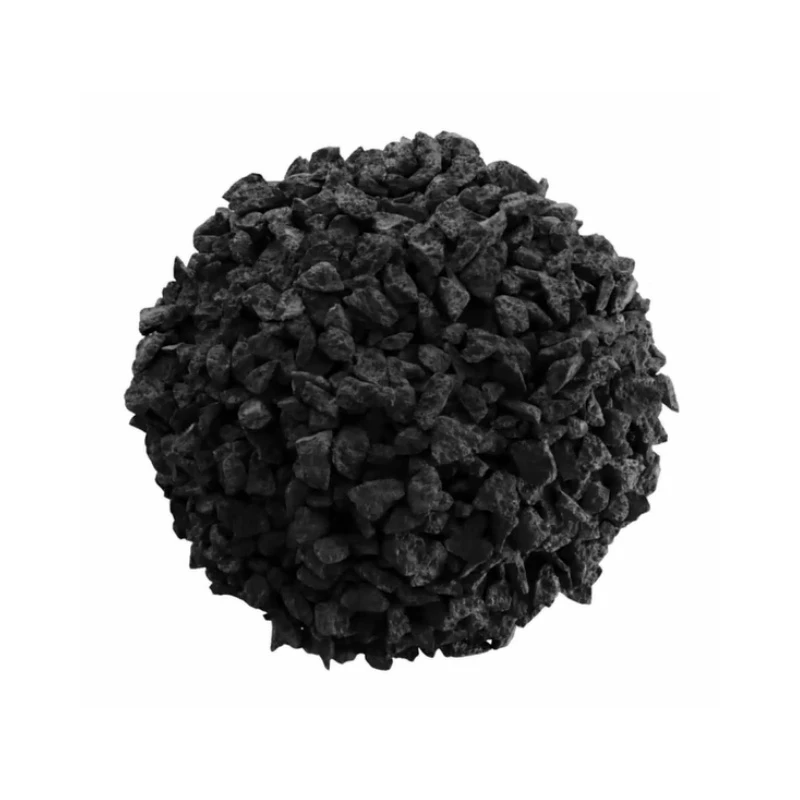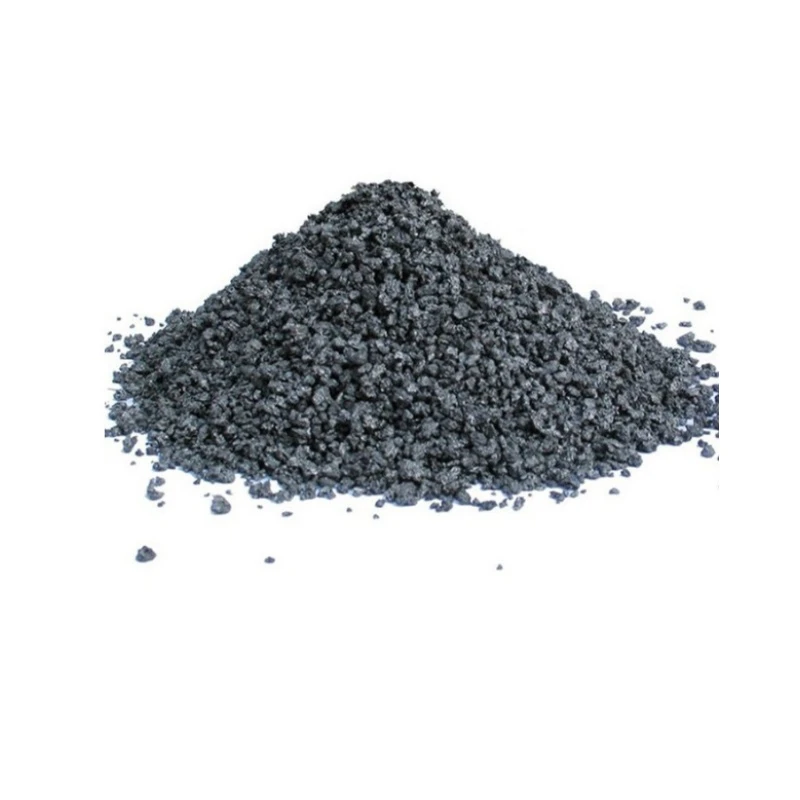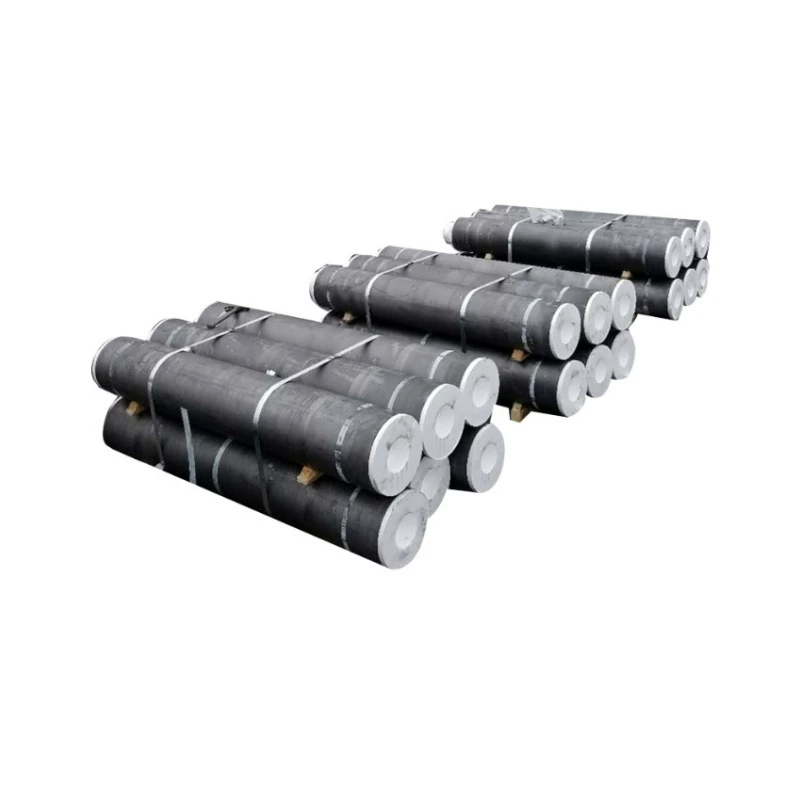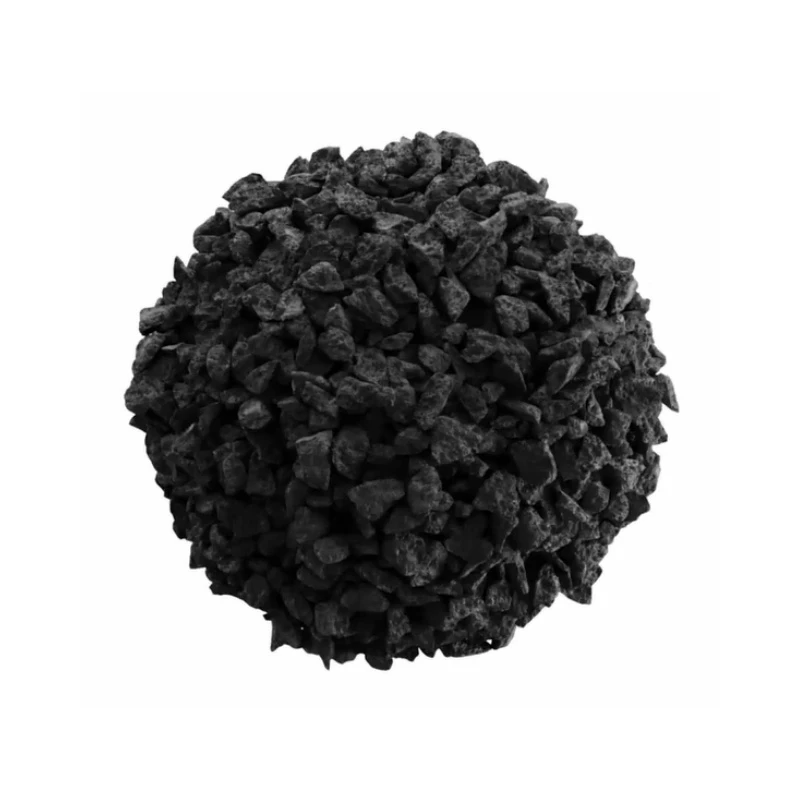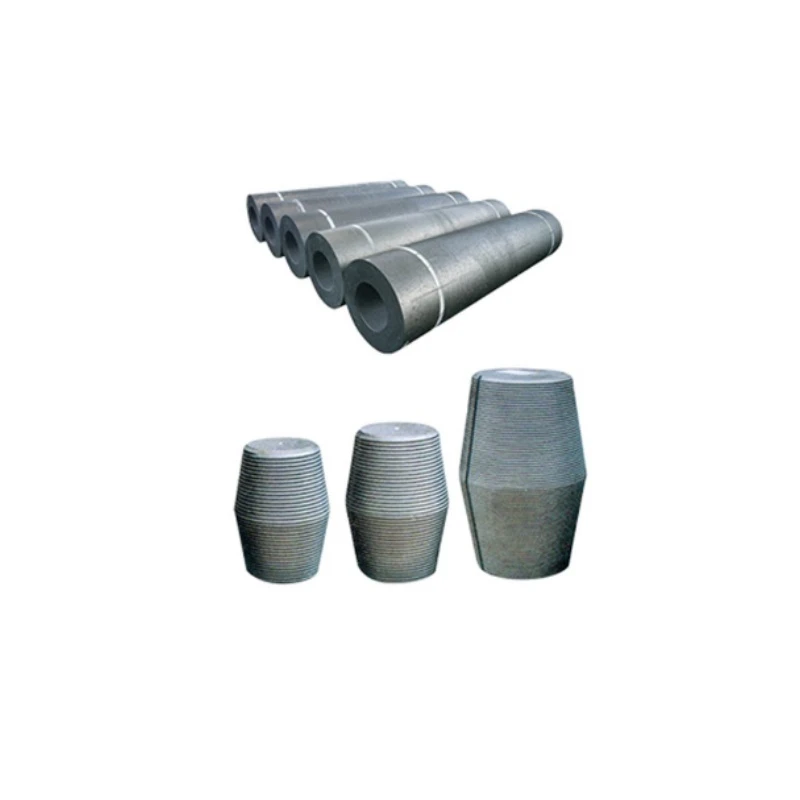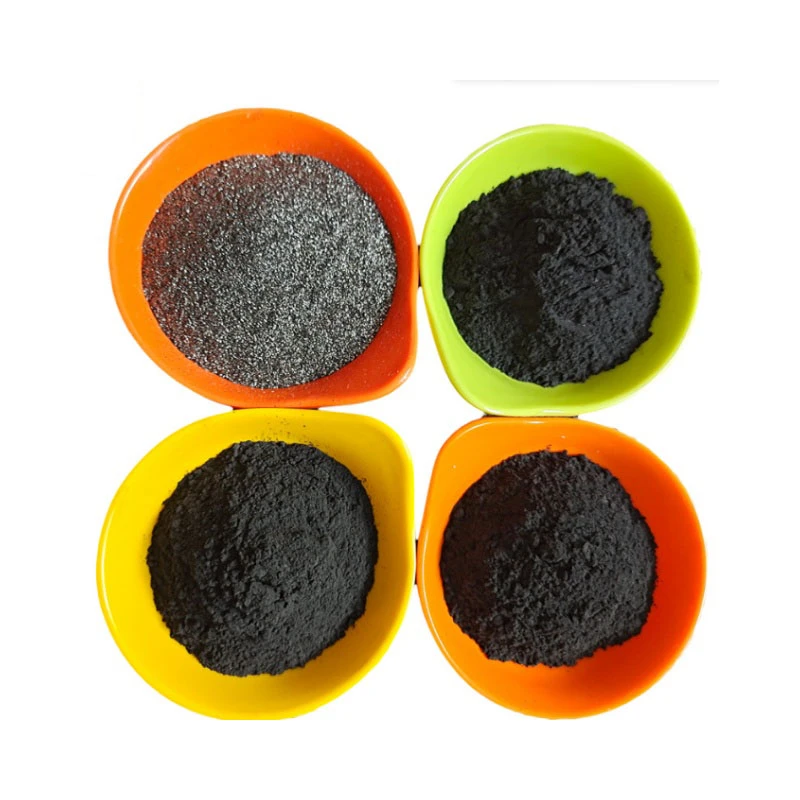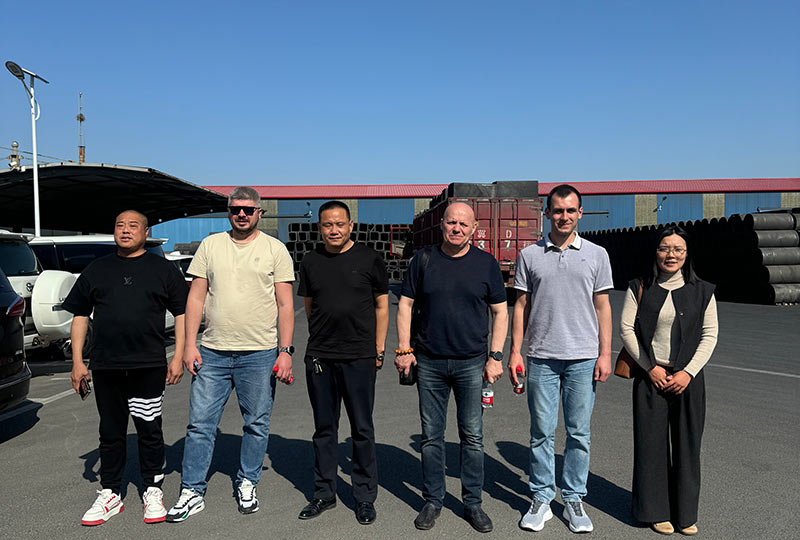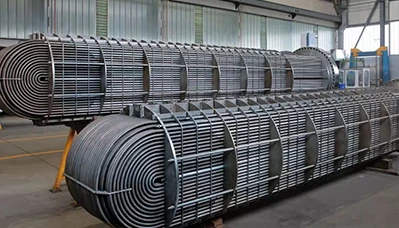- Englist



- The Science Behind Curing Graphite Crucibles
- Optimal Curing Process Parameters Explained
- Performance Impacts of Precision Crucible Conditioning
- Global Manufacturing Standards Comparison
- Custom Solutions for Industrial Requirements
- Field Applications Across Key Industries
- Advanced Developments in Crucible Tempering

(curing a graphite crucible)
The Critical Importance of Curing a Graphite Crucible
Proper curing forms a protective pyrolytic carbon layer that determines 87% of a graphite crucible's operational lifespan. The transformation occurs during controlled heating cycles where carbon bonds reorganize into crystalline structures. Crucibles without thermal preconditioning experience 68% higher failure rates from thermal shock penetration. This conditioning creates vitreous surface layers with 40% greater density than untreated surfaces, preventing metal infiltration during pouring operations.
Optimal Curing Process Parameters Explained
Effective crucible conditioning requires graduated thermal phases lasting 14-32 hours depending on crucible mass. Critical temperature thresholds include:
- 200-350°C: Binder vaporization stage requiring ventilation
- 500-700°C: Structural annealing with ramping at <15°C/min
- 850-950°C: Final vitrification period with controlled atmosphere
Chinese manufacturers now utilize computerized kilns maintaining temperature deviations below ±2.5%, a key advancement reducing incomplete carbonization issues previously observed in 19% of units.
Performance Impacts of Precision Crucible Conditioning
Precisely tempered crucibles demonstrate quantifiable performance benefits. Laboratory testing shows:
| Metric | Uncured Crucible | Standard Cured | Precision Tempered |
|---|---|---|---|
| Thermal Cycles Before Failure | 8-12 | 27-35 | 48-65+ |
| Metal Contamination Rate | 3200 PPM | 850 PPM | <210 PPM |
| Energy Efficiency | Base | 17% Improvement | 29% Improvement |
X-ray diffraction analysis reveals precision-tempered units develop carbon structures with 31% higher thermal conductivity than industry-standard conditioning.
Global Manufacturing Standards Comparison
Regional manufacturing variations significantly impact curing outcomes:
| Origin | Curing Duration | Peak Temperature | Max Crucible Size | Annual Capacity |
|---|---|---|---|---|
| Graphite Crucible China | 18-26 hours | 925°C ±7°C | 150kg | 850,000 units |
| German Manufacturers | 28-36 hours | 890°C ±3°C | 80kg | 120,000 units |
| American Producers | 14-22 hours | 950°C ±15°C | 110kg | 290,000 units |
Top-tier Chinese facilities employ continuous monitoring systems capturing 1,200 data points per curing cycle, achieving quality consistency at 98.2% – surpassing European benchmarks by 4.3%.
Custom Solutions for Industrial Requirements
Advanced manufacturers implement application-specific curing variants for specialized contexts:
- Reactive Metals Processing: Crucibles undergo sulfur-enhanced conditioning, increasing oxidation resistance by 400%
- Rare Earth Purification Multi-stage vacuum tempering eliminates gaseous impurities that cause contamination
- High-Speed Production Pulse-heating techniques reduce curing time 42% while maintaining structural integrity
Leading suppliers now provide customized thermal profiles based on CAD simulations of stress distribution, preventing 92% of stress-concentration failures.
Field Applications Across Key Industries
Properly tempered graphite crucibles deliver performance enhancements in critical operations:
Aerospace Alloy Development: NASA contractors reported 13-month continuous service life from crucibles cured with zirconium impregnation – a 325% improvement over standard units during titanium aluminide processing.
Photovoltaic Silicon Refining: Chinese solar plants documented 0.08g/kg contamination levels using crucibles with proprietary three-step curing, enabling 99.99997% pure silicon production.
Nuclear Fuel Processing: ISO-certified tempering processes yielded crucibles maintaining structural integrity through 7,200 thermal cycles while containing uranium melts at 1,850°C.
Advanced Developments in Crucible Tempering and Curing
Emergent technologies are transforming graphite crucible conditioning processes. Microwave-assisted curing systems now complete thermal processing in 8.5 hours while enhancing density uniformity to 99.4%. AI-controlled kilns utilize predictive algorithms to adjust heating profiles in real-time, reducing energy consumption 31%. Leading Chinese research facilities recently introduced graphene-reinforced crucibles requiring no separate curing cycle due to their modified crystalline structure. These innovations promise 22% longer service life while eliminating traditional tempering constraints.
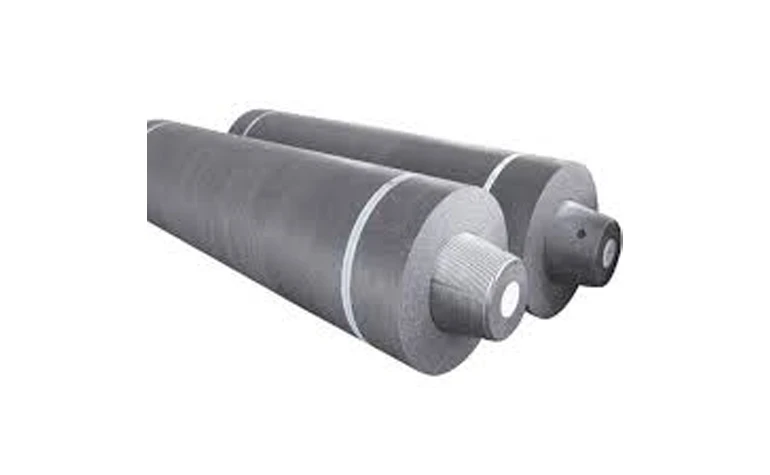
(curing a graphite crucible)
FAQS on curing a graphite crucible
5组关于石墨坩埚处理的英文FAQs(HTML富文本格式)Q: What is curing a graphite crucible?
A: Curing a graphite crucible involves slowly heating it to remove moisture and volatile compounds before first use. This process prevents thermal shock and extends the crucible’s lifespan. Typically, it reaches temperatures around 500°F (260°C) for several hours.
Q: How does graphite crucible china differ in curing needs?
A: Graphite crucibles from China often use specific binders requiring tailored curing cycles. Manufacturers provide customized heating protocols to match regional material compositions. Always follow their guidelines to avoid cracks.
Q: Why is tempering a graphite crucible essential?
A: Tempering stabilizes the crucible’s structure after exposure to extreme heat, reducing brittleness. It re-aligns internal graphite layers, enhancing thermal resistance. This step is critical for repeated high-temperature operations.
Q: Can curing and tempering a graphite crucible be combined?
A: Yes, sequential curing and tempering optimize performance: curing prepares new crucibles, while tempering maintains used ones. Both involve controlled heating but target different material stages. Never skip either to ensure longevity.
Q: What temperature ensures safe graphite crucible curing?
A: Maintain 480-530°F (250-280°C) for curing over 4-6 hours. Sudden temperature jumps above 600°F (315°C) risk cracks. Use gradual, oven-controlled heating for uniform results.





 Pervious
Pervious
 Next
Next
